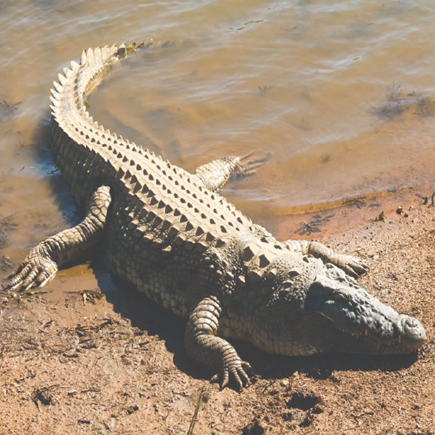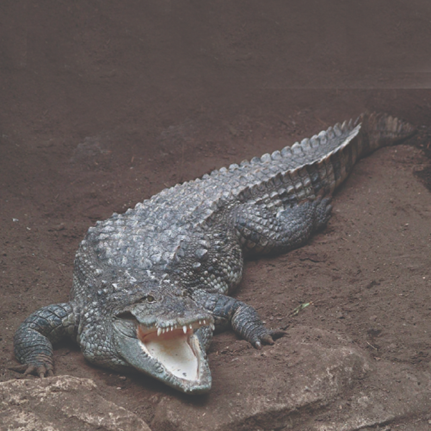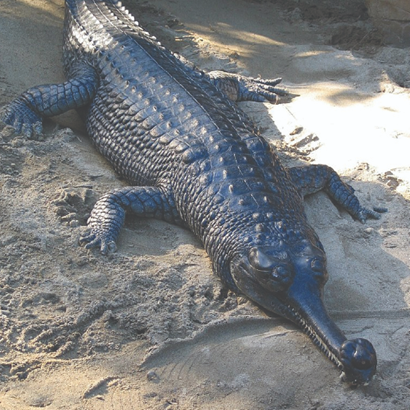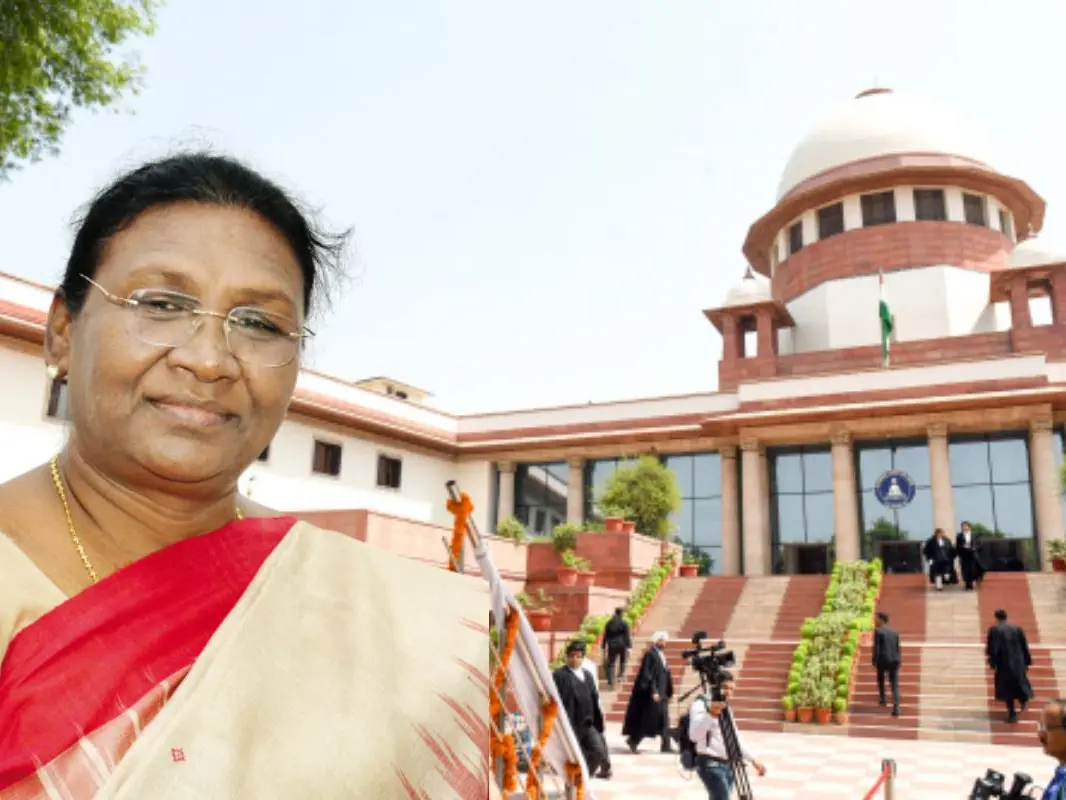- Courses
- GS Full Course 1 Year
- GS Full Course 2 Year
- GS Full Course 3 Year
- GS Full Course Till Selection
- Online Program
- GS Recorded Course
- NCERT (Recorded 500+ Hours)
- Polity Recorded Course
- Geography Recorded Course
- Economy Recorded Course
- AMAC Recorded Course
- Modern India, Post Independence & World History
- Environment Recoded Course
- Governance Recoded Course
- Science & Tech. Recoded Course
- International Relations and Internal Security Recorded Course
- Disaster Management Module Course
- Ethics Recoded Course
- Essay Recoded Course
- Current Affairs Recoded Course
- CSAT
- 5 LAYERED ARJUNA Mentorship
- Public Administration Optional
- ABOUT US
- OUR TOPPERS
- TEST SERIES
- FREE STUDY MATERIAL
- VIDEOS
- CONTACT US
Discovery of 2 New Crocodile Species in Mexico
Discovery of 2 New Crocodile Species in Mexico
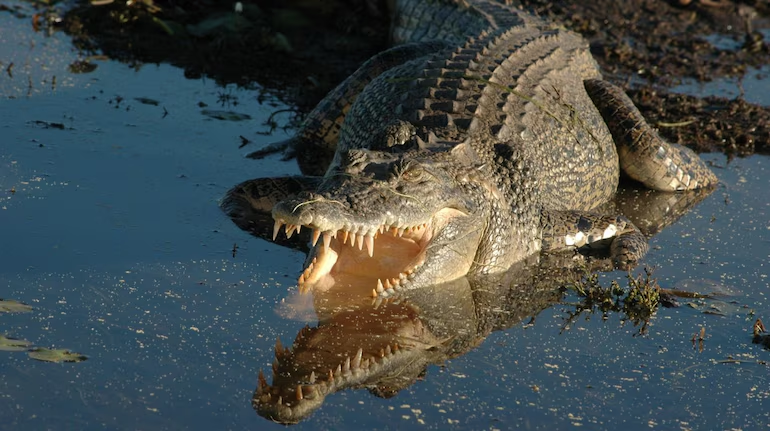
- On May 10, 2025, scientists from Canada, Mexico, and Panama announced the discovery of 2 new crocodile species near the Yucatán coast of Mexico.
- These species were found in:
- Cozumel Island, and
- Banco Chinchorro Atoll
- With this discovery, the number of New World crocodile species has increased from 4 to 6.
- The previously known species include:
- American crocodile (Crocodylus acutus)
- Morelet’s crocodile
- Cuban crocodile
- Orinoco crocodile
- The 2 new species have not yet been formally named but are expected to reflect their island origins.

Background of the Discovery
- Initially, researchers believed that the crocodiles on Cozumel Island and Banco Chinchorro were local populations of the widespread American crocodile.
- However, new research has proven that:
- These populations are genetically distinct.
- They are not merely regional variants but entirely new species.
- The discovery was made after years of fieldwork and genetic analysis, leading to the conclusion that these crocodile groups evolved separately on their respective islands.
Research Methods Used
- The discovery was based on a combination of genetic and anatomical studies.
- The scientists used the following methods:
- DNA Sequencing: Blood and tissue samples were collected from live crocodiles, which were then released safely back into the wild.
- Anatomical Comparisons: The body structure, size, and scale patterns of the island crocodiles were compared with known species.
- Field Surveys: Extensive surveys were conducted in remote island areas to locate crocodile nests and populations.
- This comprehensive approach helped confirm that the crocodiles from Cozumel and Banco Chinchorro are separate evolutionary lineages from the American crocodile.
Key Findings from the Genetic Analysis
- The genetic studies revealed the following:
- The crocodiles in both island habitats diverged significantly from the American crocodile.
- They form two separate and unique evolutionary branches.
- This suggests that these crocodiles may have been isolated for thousands of years, evolving independently in their specific environments.
- This finding challenges the earlier assumption that the American crocodile was genetically uniform across its geographic range.
Conservation Status and Population Size
- Each of the two newly identified crocodile species is believed to have fewer than 1,000 breeding individuals.
- This makes them:
- Highly vulnerable to extinction
- Ecologically fragile due to their limited gene pool
Background of the Crocodile Conservation Project
About Crocodiles
Three Species of Crocodiles Found in IndiaIndia is home to 3 native crocodile species, each with distinct physical features, habitats, and conservation statuses. 1. Saltwater or Estuarine Crocodile (Crocodylus porosus)
2. Mugger or Marsh Crocodile (Crocodylus palustris)
3. Gharial (Gavialis gangeticus)
Bhitarkanika National Park: The Birthplace of the Project
Key Facts About Bhitarkanika:
What are the Major Threats to Crocodiles in India Despite conservation efforts, crocodiles still face several threats that affect their survival in the wild:
|

